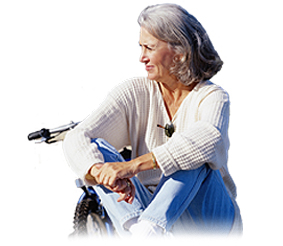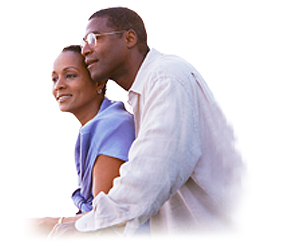Hip Pain SmartSiteTM | ||||||||||||||||||
Self-care for hip and sports injuriesDescriptionMany of the movements you make playing sports can lead to injury. You do a lot of stopping, starting, and twisting when you play basketball, tennis, or soccer. The sudden rotation of your hips when you swing a golf club may cause hip pain. Whatever your activities are, many sports can be hard on your hips and can cause pain. You may be able to trace the start of your hip pain to one event. But it's more likely that your hip pain is due to many small injuries that add up in the muscles, ligaments, and the cartilage of your joint. Over time, these small injuries can become bigger and more serious. Taking care of your sports injuriesThe first step in both preventing and treating sports injuries is to pay attention to the symptoms you are having. Don't ignore the pain or discomfort. Doing so can lead to an injury and cause permanent damage. When you first feel hip pain, you should rest your hip. This will allow the tissues in your hip joint to heal. If pain persists, see your health care provider or physical therapist. Your physical therapist or provider can show you gentle range-of-motion exercises for your hip, as well as exercises that strengthen the muscles around your hips.
When you get the OK to be active again, start with activities that are less stressful on your hip, such as swimming. Low impact exercises are best. Biking, despite being a lower impact exercise, can be more difficult on the hip. Begin slowly, watching to see if your symptoms become worse. Gradually return to more strenuous activities. Keep doing the strengthening exercises you were taught until your provider or physical therapist tells you otherwise. If you continue to have problems with hip pain, ask about switching to different sports that cause less stress on your hip joint and muscles. Always take the time to warm up and cool down your muscles.
| ||||||||||||||||||
| ||||||||||||||||||
Review Date: 12/31/2018 Reviewed By: C. Benjamin Ma, MD, Professor, Chief, Sports Medicine and Shoulder Service, UCSF Department of Orthopaedic Surgery, San Francisco, CA. Also reviewed by David Zieve, MD, MHA, Medical Director, Brenda Conaway, Editorial Director, and the A.D.A.M. Editorial team. View References:  The information provided herein should not be used during any medical emergency or for the diagnosis or treatment of any medical condition. A licensed medical professional should be consulted for diagnosis and treatment of any and all medical conditions. Links to other sites are provided for information only -- they do not constitute endorsements of those other sites. No warranty of any kind, either expressed or implied, is made as to the accuracy, reliability, timeliness, or correctness of any translations made by a third-party service of the information provided herein into any other language. © 1997- A.D.A.M., a business unit of Ebix, Inc. Any duplication or distribution of the information contained herein is strictly prohibited. | ||||||||||||||||||
A.D.A.M. content is best viewed in IE9 or above, Firefox and Google Chrome browser. | ||||||||||||||||||












